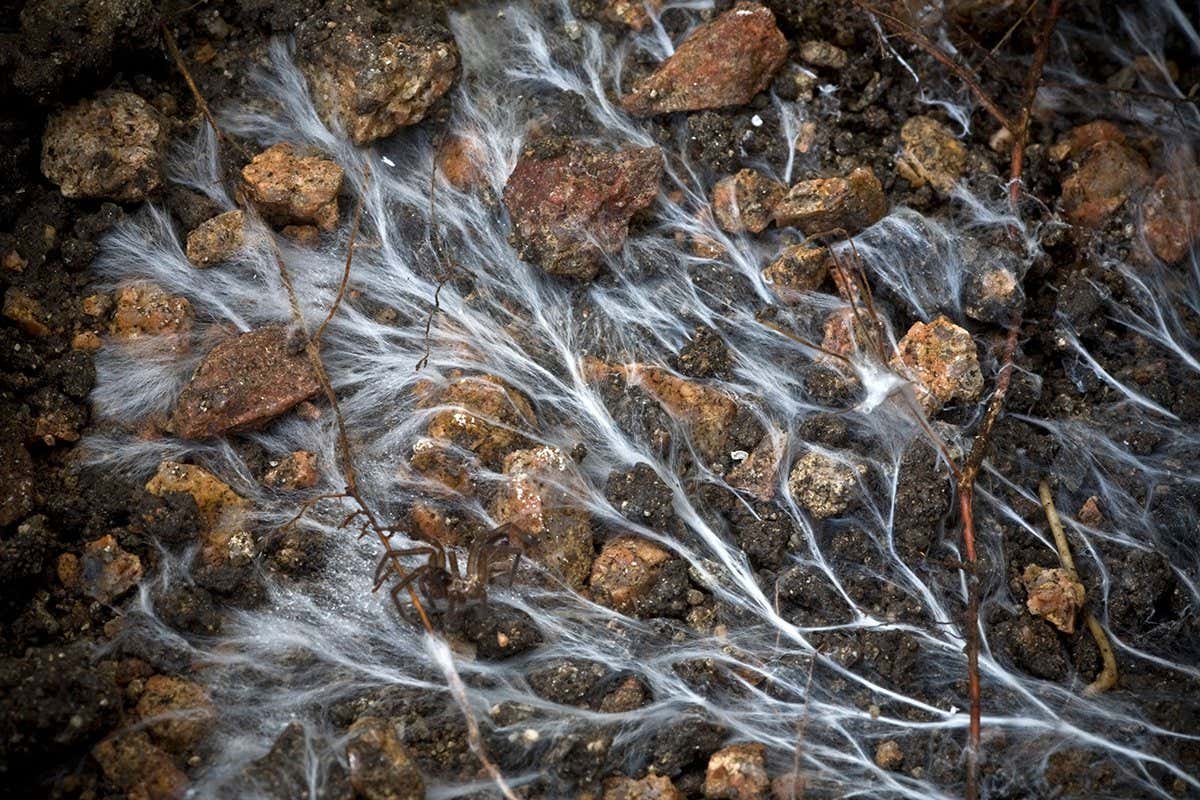How Fungi Help Trees Store Carbon: A Symbiotic Relationship Crucial for Climate Change Mitigation
The fight against climate change hinges on our ability to effectively sequester carbon from the atmosphere. While trees are known as carbon sinks, a crucial, often overlooked player in this process is the vast network of mycorrhizal fungi that live symbiotically with them. This article explores the fascinating relationship between trees and fungi, revealing how this underground partnership significantly impacts carbon storage and its implications for our planet's future.
The Underground Carbon Highway: Mycorrhizal Networks
Trees aren't solitary beings; they are intricately connected through an expansive underground network of mycorrhizal fungi. These fungi form symbiotic relationships with tree roots, exchanging nutrients for carbohydrates produced through photosynthesis. This exchange isn't just about survival; it's a vital mechanism for carbon sequestration.
How the Symbiosis Works:
- Nutrient Exchange: Fungi extend their hyphae (thread-like structures) far beyond the reach of tree roots, accessing vital nutrients like phosphorus and nitrogen from the soil. In return, trees provide the fungi with sugars produced during photosynthesis.
- Carbon Transfer: A significant portion of the carbohydrates supplied by trees is stored within the fungal network itself. This process effectively transfers carbon from the atmosphere (via photosynthesis) into the soil, significantly increasing the soil's overall carbon storage capacity.
- Enhanced Root Growth: Mycorrhizal fungi enhance the surface area of tree roots, improving nutrient and water uptake. This leads to healthier, more robust trees that can photosynthesize more efficiently, capturing more carbon from the atmosphere.
- Protection Against Pathogens: The fungal network acts as a protective barrier, shielding tree roots from harmful pathogens and diseases. Healthy trees are better equipped to store carbon over the long term.
The Impact on Carbon Sequestration:
The role of mycorrhizal fungi in carbon sequestration is substantial. Studies have shown that these fungal networks can store a significant amount of carbon in the soil, often exceeding the amount stored in the trees themselves. This "soil carbon sequestration" is crucial for mitigating climate change. The implications are far-reaching:
- Increased Soil Fertility: The enhanced nutrient cycling facilitated by fungi leads to healthier soils, improving agricultural productivity and supporting biodiversity.
- Improved Water Retention: Fungal networks improve soil structure, leading to better water retention capacity, crucial for drought resilience.
- Reduced Greenhouse Gas Emissions: By storing more carbon in the soil, we reduce the amount of carbon dioxide in the atmosphere, helping to mitigate climate change.
Protecting this Vital Partnership:
Preserving and enhancing mycorrhizal networks is essential for maximizing carbon sequestration. This requires:
- Sustainable Forestry Practices: Avoiding deforestation and promoting sustainable logging techniques are crucial for preserving existing fungal networks.
- Protecting Soil Health: Minimizing soil disturbance, promoting cover cropping, and avoiding excessive pesticide use help maintain healthy fungal communities.
- Further Research: More research is needed to fully understand the complexities of mycorrhizal networks and optimize their role in carbon sequestration.
Conclusion: A Symbiotic Solution for a Global Problem
The symbiotic relationship between trees and mycorrhizal fungi offers a powerful, natural solution to climate change. By understanding and protecting this vital partnership, we can unlock the immense potential of soil carbon sequestration and work towards a more sustainable future. Investing in research and implementing sustainable practices that support healthy fungal networks is crucial for mitigating climate change and securing a healthier planet for generations to come. Learn more about mycorrhizal fungi and their role in ecosystem health by exploring resources from [link to a relevant scientific organization, e.g., the USDA].
